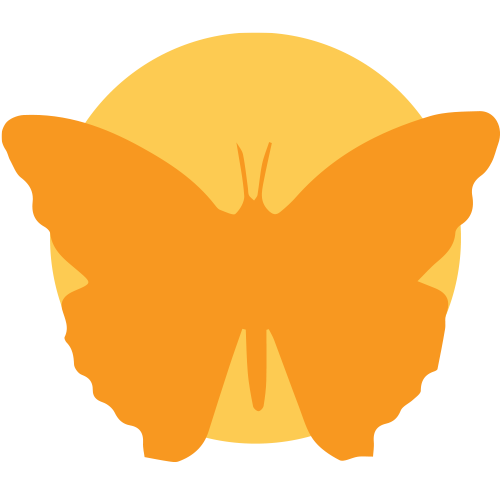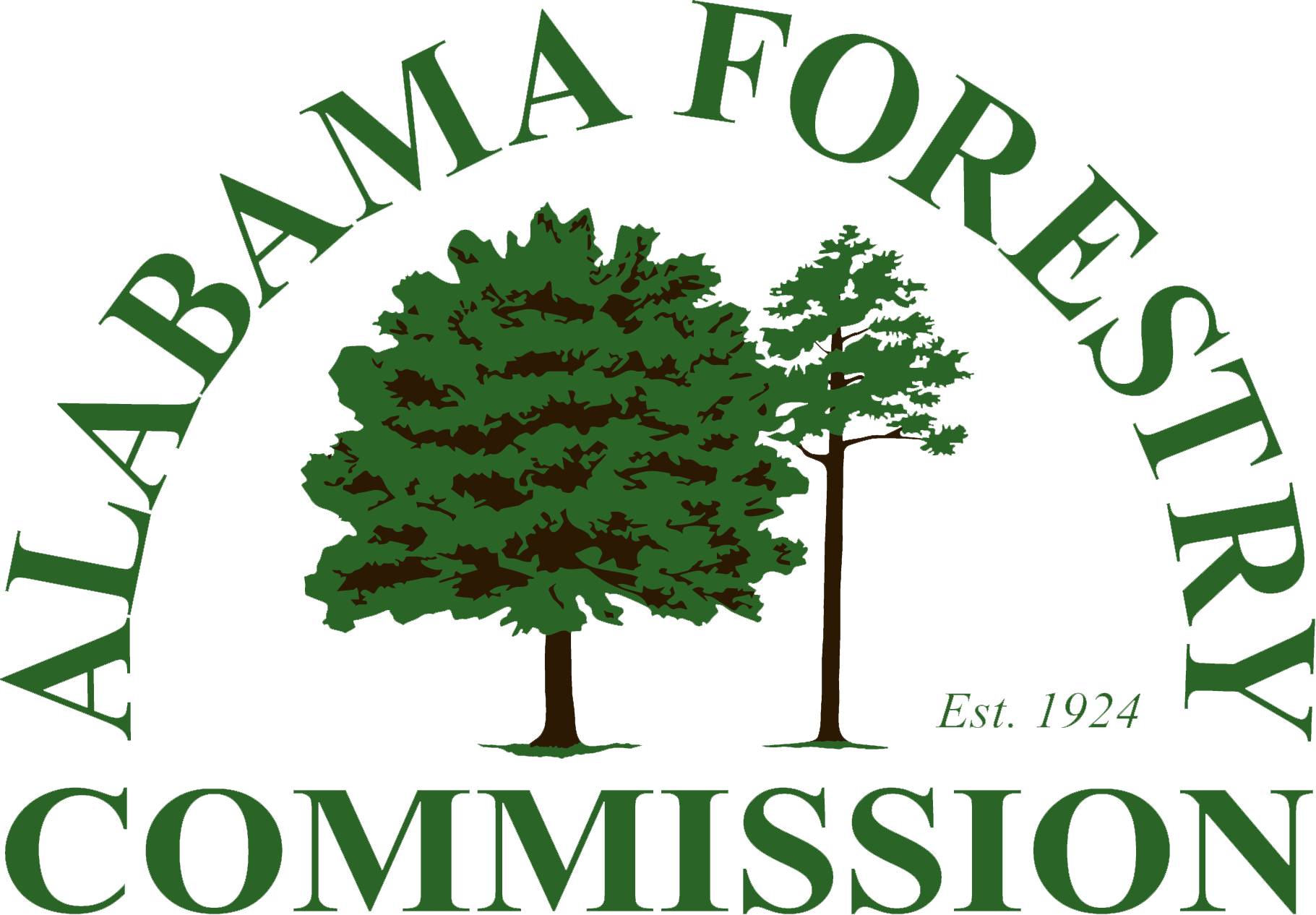

 Investigate Alabama's Native Plants
Investigate Alabama's Native Plants
| (Endangered) Green Pitcher Plant Wikimedia – Noah Elhardt Click image to enlarge it |
Biodiversity refers to the number of different species (kinds) of living things that live in an area.
Alabama has some of the greatest native plant biodiversity in the United States with over 3,000 different native plant species and ranking #9 in overall plant diversity in the United States.
The great variety of terrestrial (land) habitats and waterways (lakes, rivers & streams) found in the state provides a wide range of habitats for plants including some that cannot be found anywhere else in the world.
| Click on the categories below to learn more about Alabama's native plants. |
|||
| What Does Native Mean? |
Alabama's Native Plant Species |
Why Plant Natives? |
Why are Non-natives and Invasives Bad? |
| Native and Non-native | |
| What is a native plant?
A species (type) of plant that naturally exists in an area without humans introducing it there.
|
|
| What is a non-native plant?
A species of plant that humans introduced (on purpose or by accident) to a new area where it would not be found naturally. |
|
| What is an invasive plant?
A non-native species that aggressively reproduces and invades native plant habitats, taking away the food, water, and space that the native plants need to survive. |
|
| Alabama's Native Plant Species | |
| Classification: | |
|
Classification is the process of organizing organisms into groups based on similarities. Scientists use basic traits to group organisms into taxonomic classes (groups). These groupings start broad and are further broken down into more specific groups within the larger group. A species is the most specific category within the classification system. All plants are classified in the Kingdom Plantae. |
|
| Characteristics: | |
| While all plants are made up of similar parts that are essential in maintaining their survival (i.e. roots, stem, leaves, etc.), they often look and behave differently in other ways.
These differences in characteristics are used to group plants further into phyla, classes, orders, etc. This chart shows some of the main characteristics that are considered when classifying plants into groups.
|
|
| Diversity: | |
|
Tree Diversity in the United States (2015)
“U.S. protected lands mismatch biodiversity priorities,” by Clinton N. Jenkins, Kyle S. Van Houtan, Stuart L. Pimm, and Joseph O. Sexton. Published April 6, 2015, in Proceedings of the National Academy of Sciences.
Click on image to enlarge it |
| Use the resources below to find which plant species are native to your area.
|
|
| Notable Plants of Alabama: | |
| Longleaf Pine Tree
The Longleaf Pine is Alabama's state tree. It was once the dominant pine species across the southeastern United States but is now present in only 4% of its historic range. The majority of longleaf forests in Alabama occur in the Southeastern and Southern Coastal Plains, with some presence in the Piedmont and Ridge and Valley areas. These ecosystems is home to over 100 threatened and endangered wildlife species, some of which can not exist in other ecosystems. Longleafs depend on fire for survival and have special adaptations throughout their life cycle that allow them to survive fire. To read more about longleafs, visit our Dig Into Plants: Longleaf Pine webpage. |
Mature Longleaf Pines
Flickr – Scott Zona
Click on image to enlarge it
|
| Alabama Canebreak Pitcher Plant
The Alabama canebreak pitcher plant is one of Alabama's two endangered pitcher plant species. This means they are at high risk of extinction and are protected by the federal government. Pitcher plants are carnivorous plants (plants that capture and eat insects and other animals) and Alabama has more species of them than any other state! This species can only be found at 11 sites across Chilton and Autauga counties in central Alabama. They have tubed-shaped leaves that are yellow-green in color with red veins and look like old-fashioned milk pitchers. |
Wikimedia – Brian Gratwicke
Click on image to enlarge it
|
The pitchers attract and trap insects:
|
|
| Why are Non-natives and Invasives Bad? | ||
|
We should remove non-native plants!
|
Invasive Kudzu kills native species.
Click on image to enlarge it |
|
|
||
| Top 15 Non-native Plant Species to Remove & Avoid Planting | ||||
| 1. Autumn Olive | 4. Chinese Privet | 7. Kudzu | 10. Nandina | 13. Tree of Heaven |
| 2. Bamboo | 5. Cogongrass | 8. Mahonia | 11. Princess Tree | 14. Tropical Soda Apple |
| 3. Bradford Pear | 6. Japanese Climbing Fern | 9. Mimosa | 12. Tallowtree | 15. Wisteria |
SOURCES USED FOR THIS PAGE:
 |
|
|
 |
Website Design and Digital Marketing by